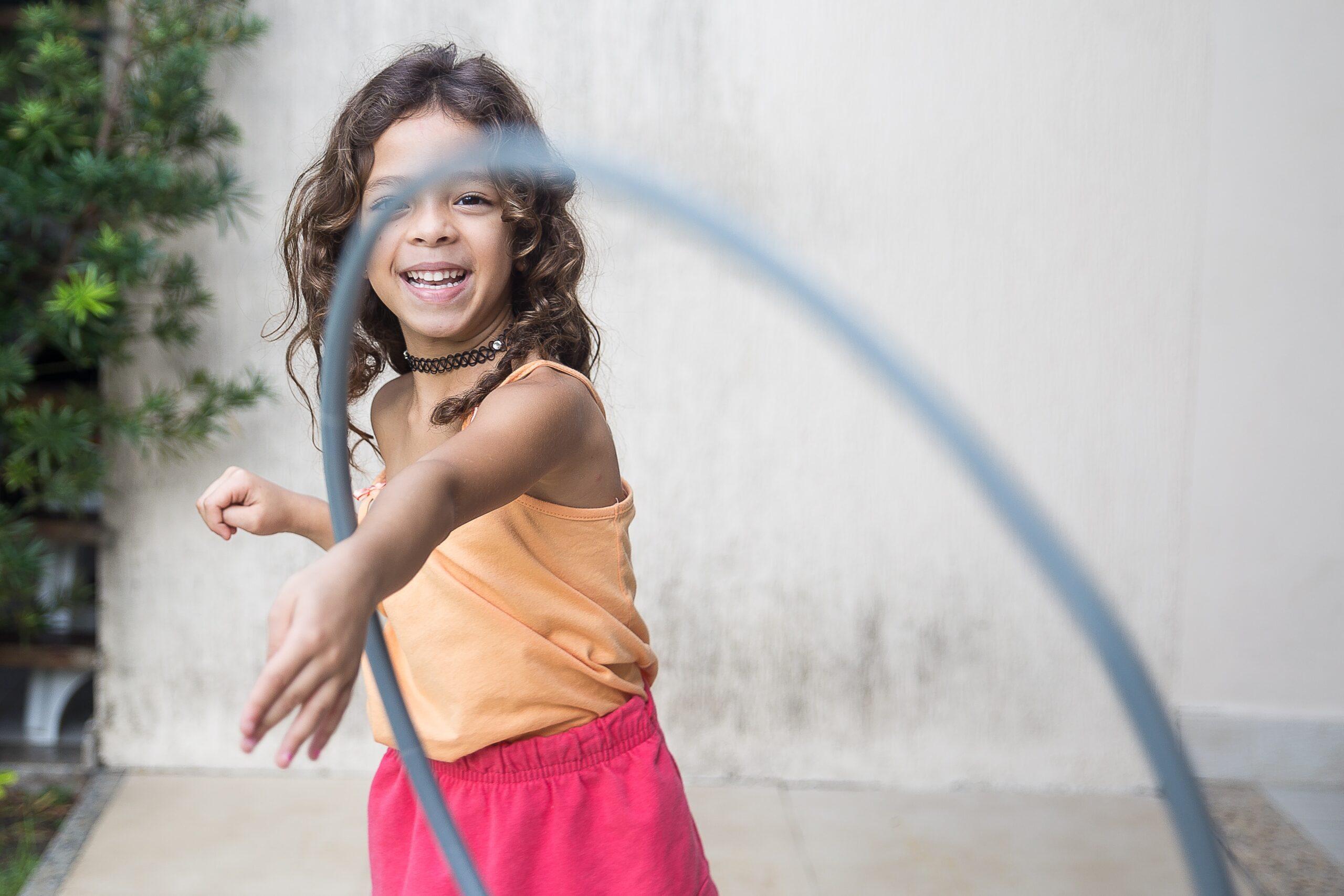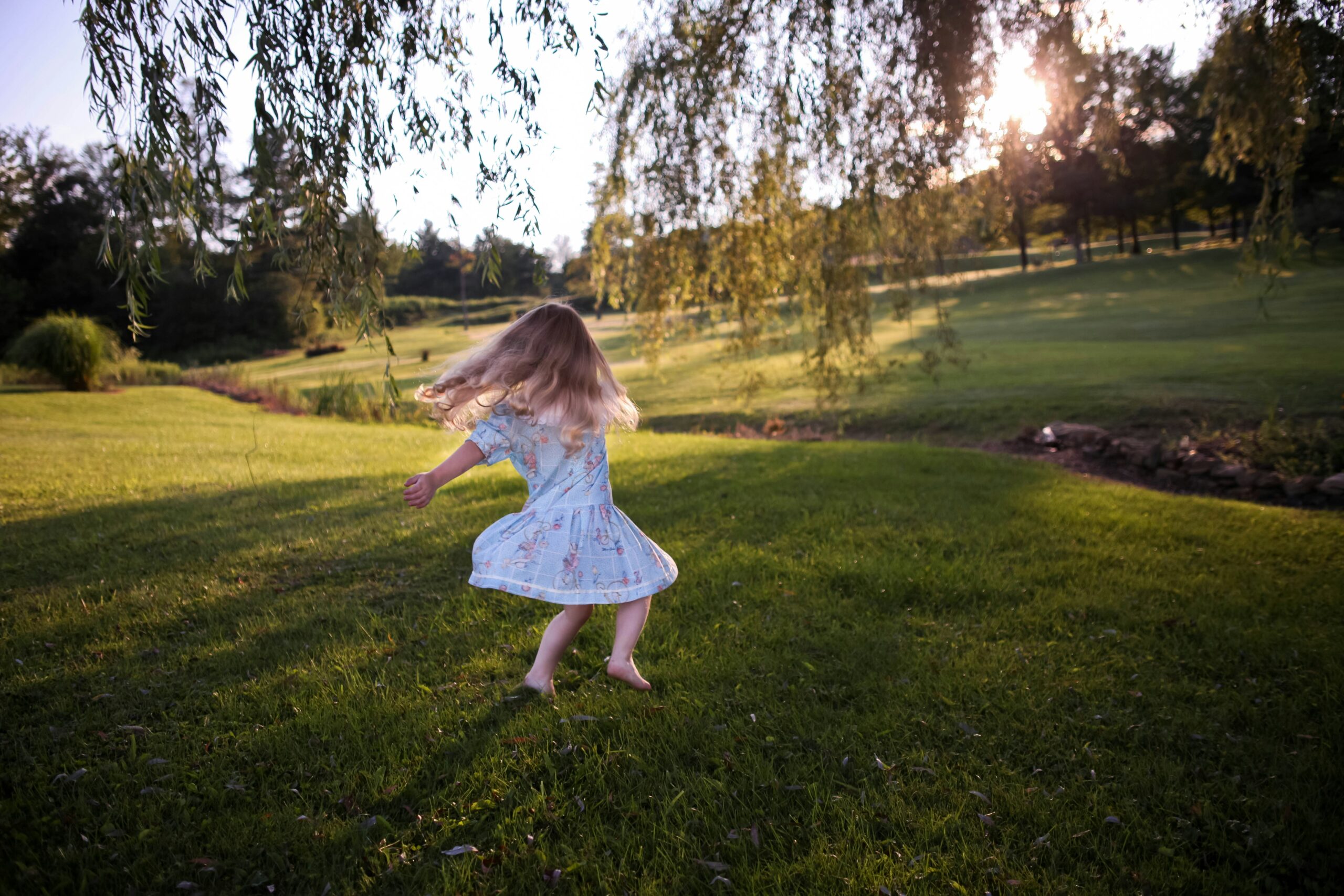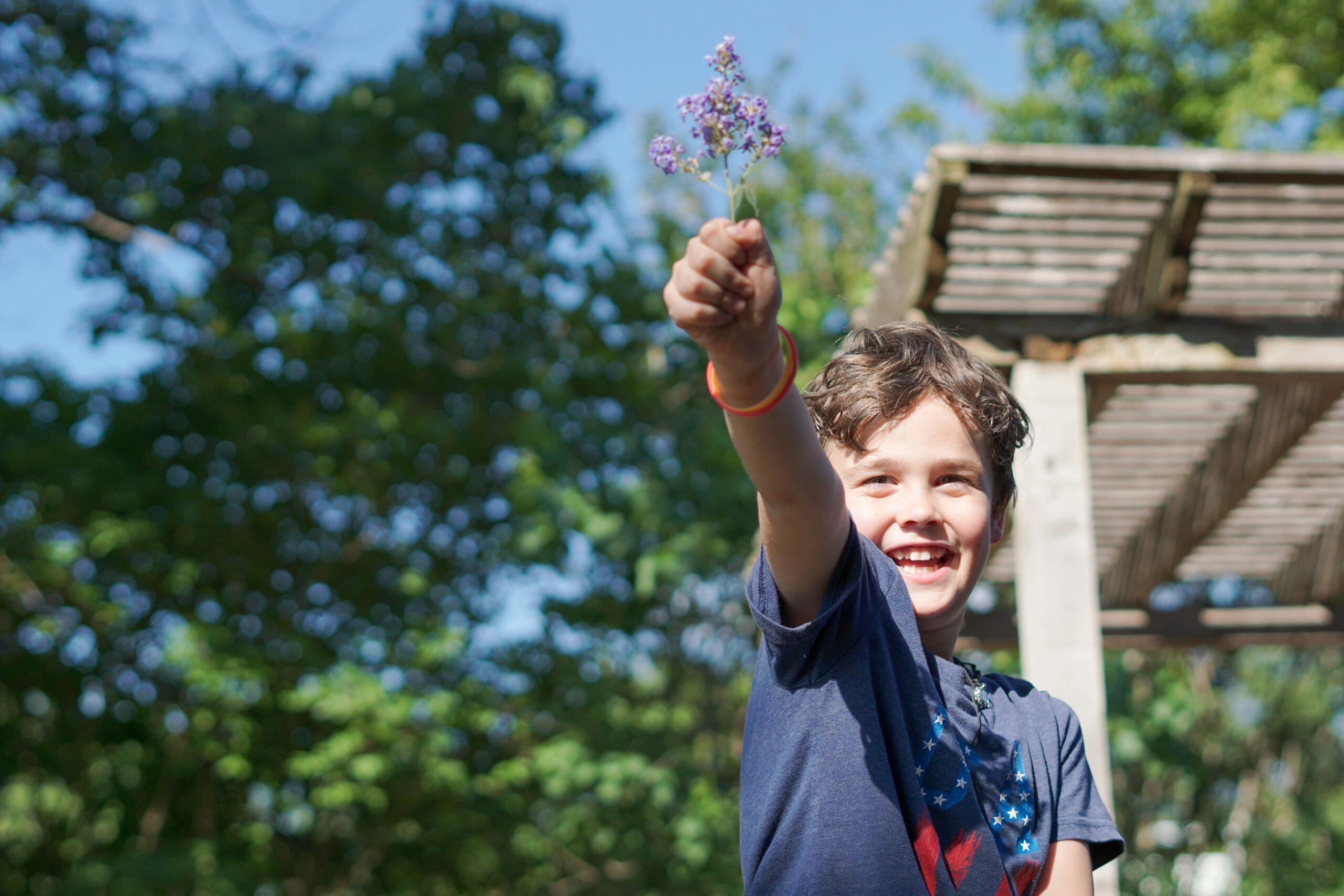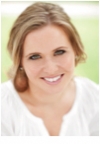ls it possible to help your ADHD child grow up to live a happy and productive life? I believe so, but it isn’t easy.
When I was a teacher, I thought I knew all about the disorder and how to work with ADHD students. I had taught hundreds of children, many with attention-deficit/hyperactivity disorder, but I was to get a baptism by fire when two of my three children were diagnosed.
My oldest daughter, Theresa, was 4 when she was nearly kicked out of preschool by a group of nuns. She was “too disruptive” and couldn’t pay attention. Kindergarten wasn’t much better. The very first week of school, she wandered off and was missing for nearly an hour during a field trip to the apple orchard! Each week it seemed there was a new phone call from the school. Theresa put beads up her nose, she threw an eraser, she talked non-stop, and couldn’t stay on task. At dinner, I would gaze at my lovely daughter. She never sat in her chair, but instead crouched like a kangaroo ready to leap skyward.
When she was diagnosed with ADHD, our pediatrician placed her on one of the stimulant medications for the disorder. The results were immediate. She actually sat at the dinner table and talked with us! And the difference in her handwriting was amazing! Before she was diagnosed, her penmanship was illegible and scrawled all over the page. Shortly after we placed her on the medication, I remember looking at her neat handwriting and thinking, “If the medication improves her handwriting this much, what else is it helping her to do?”
Although the medication was extremely helpful, it was not a cure. As she got older, we discovered that “other” things often go along with ADHD. My friend, Sue, whose daughter also has the disorder, calls it ADHD+. Theresa was later diagnosed with Asperger’s and obsessive-compulsive disorder. My second daughter, Jenny, was diagnosed with ADHD and learning disabilities. Other comorbid disorders that can go along with ADHD include conduct disorder and oppositional defiant disorder, among others. Wow! As if having ADHD isn’t enough.
In desperation to help my two girls, I began doing my own research. I spent hundreds of hours on the Internet and at the library. I read all kinds of books on ADHD and different parenting techniques. I went to numerous seminars and talked to experts around the country.
ADHD is a very hard disorder to diagnose and even more difficult to treat. There are three basic types of ADHD.
First of all, there is the predominately “inattentive type.” These children often stare off into space in class. They are labeled the “daydreamers.” You can repeat an instruction over and over again, and they will claim not to have heard. This category was previously called ADD, but now is listed as ADHD-I.
The child who is diagnosed as ADHD-HI is a child with predominately hyperactive and impulsive behavior. This is a child who can’t sit still, who often talks non-stop and who acts impulsively. He might jump off the back of a sofa after he just fell a few minutes earlier.
The third type of ADHD is ADHD-C or the combined type. These children have problems paying attention, are hyperactive and display impulsive behaviors. My two girls are both in the ADHD-C subtype. Needless to say, parenting them is a challenge!
There is not one simple solution for ADHD. It is a very difficult disorder to handle and it could indeed be the hardest thing you can ever do as a parent. But we can help our ADHD children grow up to be happy, productive adults. The key, I strongly believe, is a multimodal treatment approach. My partner in my book, Dr. James Van Haren, and I worked diligently to combine his background as a child psychiatrist and my background as a teacher to develop the “ADHD Multimodal Pyramid”.
The ADHD Multimodal Pyramid
The “Pyramid” has 11 layers. The bottom, supporting layer of the pyramid involves education— education and involvement of the ADHD specialist, the parents, the teachers and the ADHD child too! You’ve heard the phrase, “It takes a village to raise a child.” Well, it takes a whole city of involved, educated people to successfully raise an ADHD child!
The second level involves three important areas: academic modifications, counseling, and occupational and alternative therapy programs. Numerous changes can be made to the school environment such as special seating near the teacher, help taking tests, weighted vests and a positive reward system. Counseling can be limited to individual sessions or expanded to help the entire family learn how to work together. There are also many alternative programs that are beneficial. Yoga can help an individual focus and relax. Massage is an excellent way to reduce stress and help with hyperactivity. Dance helps an ADHD individual burn off excess energy and it’s fun!
The third level includes coaching and charts/behavioral modifications. Coaching is different than counseling. Coaching actually teaches ADHD children basic skills that they might have missed out on because of their inattentiveness. This could include how close to stand to another person, how to resolve a conflict or even how to maintain eye contact. Charts and behavioral modifications are also helpful. Visual references can be very useful for ADHD children and can help them improve and monitor their behaviors.
Finally, the top layer of the pyramid is medication. I strongly believe that medication is necessary to help treat ADHD.
There is hope for your ADHD child. ADHD can be a difficult disorder, but with love, support and understanding, it is possible for your child to live “hopefully every after.”





